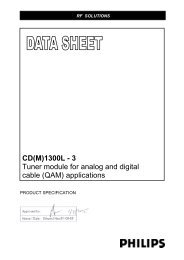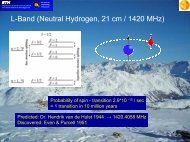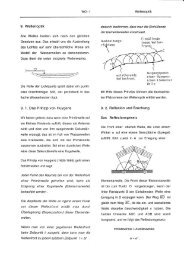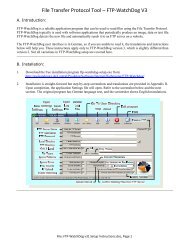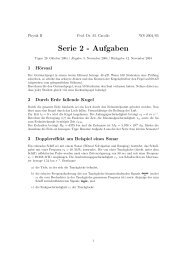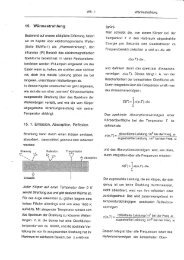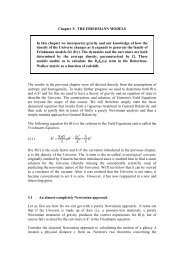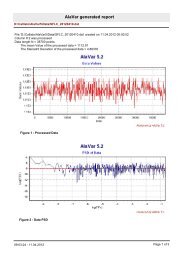here - Institute for Astronomy Umleitung
here - Institute for Astronomy Umleitung
here - Institute for Astronomy Umleitung
Create successful ePaper yourself
Turn your PDF publications into a flip-book with our unique Google optimized e-Paper software.
with the slicer development <strong>for</strong> NIRSPEC<br />
on JWST, through the manufacture and<br />
successful testing of a prototype slicer. A<br />
complete spectrograph unit will be built as<br />
prototype, be<strong>for</strong>e ordering the full set of<br />
24. A dedicated and detailed AIT plan is in<br />
place.<br />
Multiple trade offs were per<strong>for</strong>med in<br />
close collaboration with industry to<br />
minimize the cost of MUSE. The current<br />
design takes full advantage of modularity,<br />
so that the 24 spectrographs can be<br />
manufactured at low unit cost but deliver<br />
high per<strong>for</strong>mance. The total cost of MUSE<br />
will be 9.4 M€ of hardware and 147 FTE.<br />
A 3 year Phase B followed by 4 year phase<br />
C/D will allow delivery to Paranal in mid<br />
2011, perfectly in phase with the launch of<br />
JWST & GAIA, and the completion of<br />
ALMA.<br />
The MUSE Consortium consists of groups<br />
at Lyon (management, system, IFUs),<br />
Ox<strong>for</strong>d (structure, <strong>for</strong>e-optics), Potsdam<br />
(calibration unit, software), Leiden<br />
(adaptive optics), Zurich (financial<br />
In preparation <strong>for</strong> the deep surveys planned <strong>for</strong><br />
MUSE, a pilot programme has been developed<br />
using the SAURON IFU spectrograph. The figure<br />
shows the velocity structure of the z=3.1 Ly α halo<br />
“blob1” in SSA22. The image is colour coded to<br />
show Ly α emission that is red and blue shifted<br />
compared to the sub-mm source.<br />
The JWST/NIRSPEC IFU slicer prototype in<br />
test at CRAL<br />
contribution) and ESO (detectors). The<br />
Consortium has world-leading experience<br />
with pioneering, building, and operating<br />
integral-field spectrographs, including<br />
TIGER, OASIS, SAURON, GMOS-IFU,<br />
PMAS, and, in the future, SINFONI,<br />
SNIFS, and NIRSPEC-IFU. It has unique<br />
expertise in the development of highquality<br />
user-friendly data reduction<br />
software, and leads the Euro3D ef<strong>for</strong>t. The<br />
science team consists of instrumentalists,<br />
observers and theorists, and is carrying out<br />
various preparatory science programs, and<br />
has per<strong>for</strong>med extensive simulations using<br />
state-of-the-art models of galaxies and<br />
galaxy <strong>for</strong>mation to assess the per<strong>for</strong>mance<br />
of MUSE and optimize its design. The<br />
Consortium will provide 134 FTE of ef<strong>for</strong>t<br />
over 7 years, as well as a contribution of<br />
1.75 M€ to the cost of the hardware, and<br />
dedicated AIT facilities built in Lyon.<br />
The Phase A study demonstrates that<br />
MUSE has a very large discovery<br />
potential, outper<strong>for</strong>ms e.g., VIMOS and<br />
FLAMES by factors of well over 100, and<br />
builds and extends the leading role that<br />
Europe has developed in integral-field<br />
spectroscopy. It maximizes the return from<br />
the developments in adaptive optics, will<br />
keep the VLT competitive <strong>for</strong> another<br />
decade by providing an invaluable<br />
complement to ALMA, JWST and GAIA,<br />
and is a key step towards instrumentation<br />
<strong>for</strong> an ELT.<br />
MUSE Phase A Executive Summary version 1.0 page 4/4




